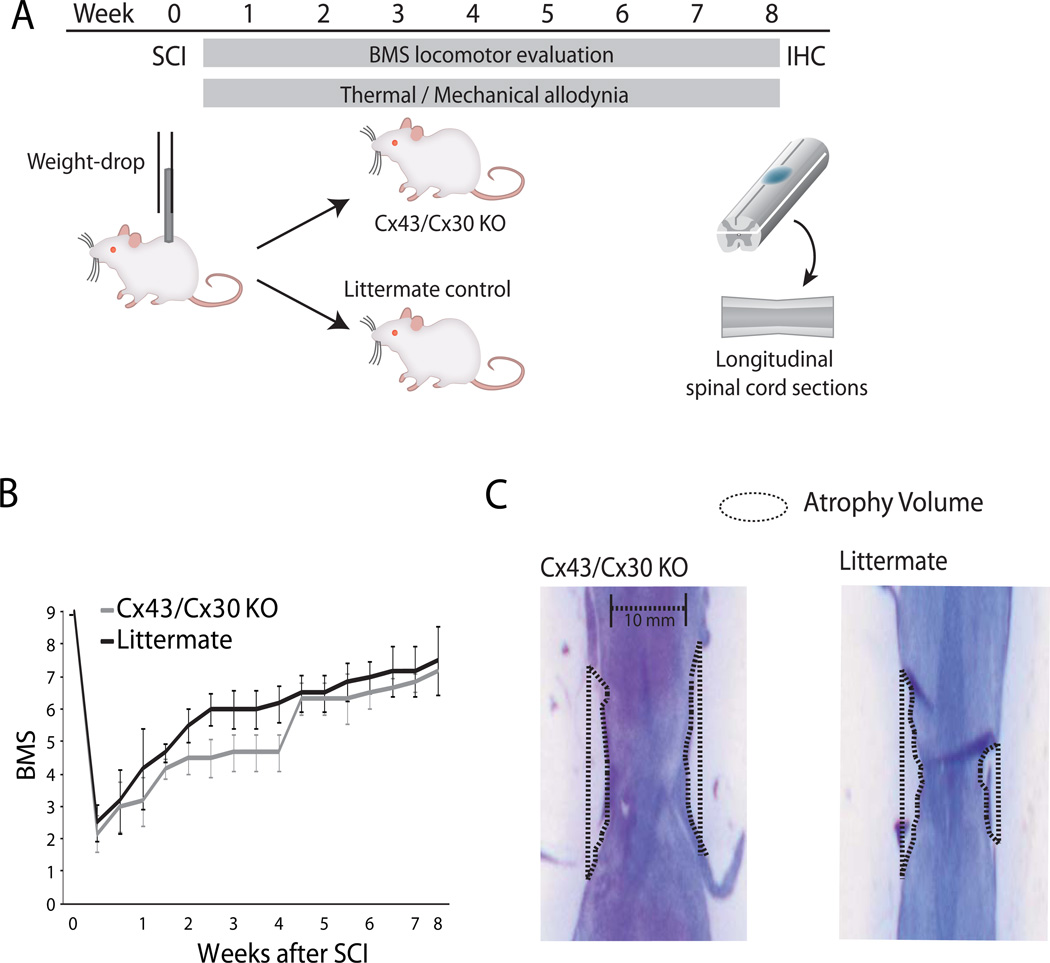Fig. 2. Deletion of Cx43 does not significantly change lesion volume or locomotor recovery following mild spinal cord injury.
(A) Schematic diagram of experimental design. Mild spinal cord injury was inflicted by a weight-drop impact (3-g weight-drop with tip diameter of 0.5-mm flat surface at T10 and T12) in adult female mice. Locomotor function was scored according to the Basso Mouse Scale (BMS) on a bi-weekly basis, whereas thermal hyperalgesia and mechanical allodynia were quantified daily. Animals were perfusion-fixed after 2 months and spinal cords were harvested for histology. (B) The graph depicts BMS scores for locomotor functions as a function of time after spinal cord injury. Deletion of Cx43/Cx30 has no significant effects on recovery of motor function (n = 6, P > 0.05, ANOVA, mean ± SEM). (C) The severity of spinal cord injury was quantified as the atrophy volume, since it is difficult to delineate the borders of the tissue lesion following mild spinal cord injury. Cx43/Cx30 KO and their littermate controls exhibit a comparable degree of atrophy close to the injury site.

